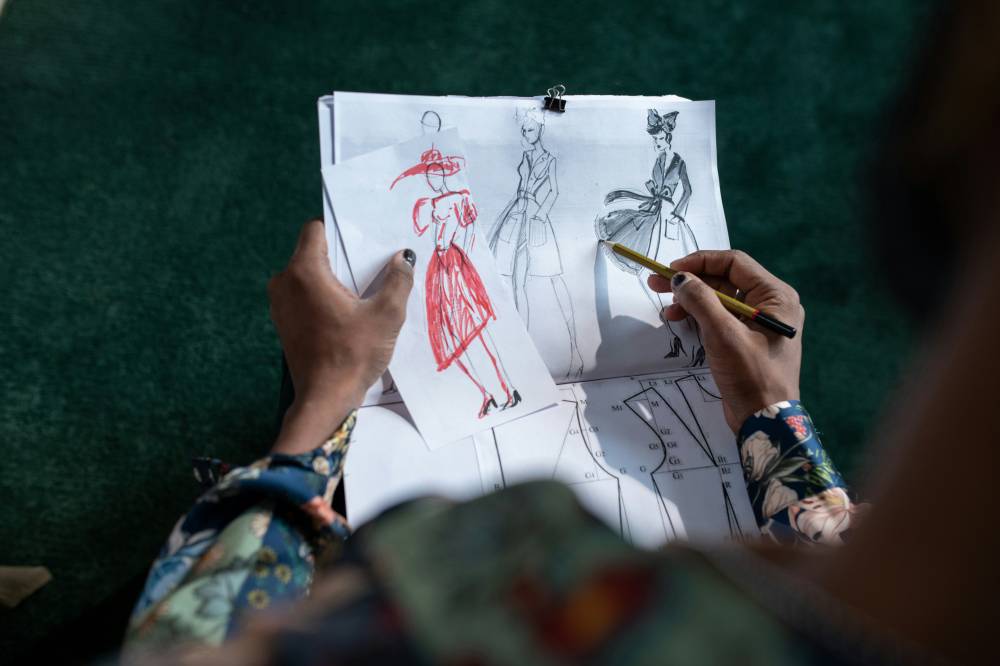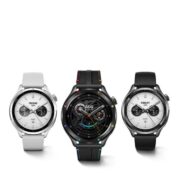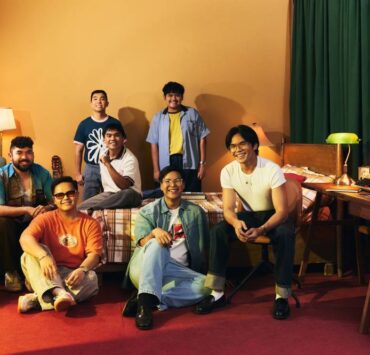The age of the rebrand

Luxury has always loved a makeover, but lately, it feels like every major house is in its new era—again. Logos are changing, websites are redesigned every six months, brands are rewriting their origin stories, and creative directors barely have time to unpack before they are ushered into a new “vision.” If the 2010s were about consolidation (bigger groups, bigger stores, bigger blockbusters), the 2020s are about reinvention. Everyone wants to feel reborn.
But here is the twist: It is not just aesthetics driving the shift. It is survival.
A new era—every eight months
Take a look at the industry scoreboard.
One brand changes its monogram. Another hires a buzzy creative director. Another strips its logo down to a Helvetica skeleton. It is not that luxury wants to change—it requires it. Because right now, the customer base is fractured: Gen Alpha wants maximalism, Gen Z wants irony, Millennials want investment pieces, and older clients want quiet luxury. Everyone wants something different, and trying to dress all of them is a full-time identity crisis.
A rebrand becomes the quickest way to say: We hear you. We see you. We are still relevant.
Except now, the rebrand itself has become the product.
The creative director as identity reset
What used to be a decade-long tenure is now a two-collection cameo. A new creative director does not just shift a brand’s aesthetic—they are responsible for an overnight vibe shift, a new fanbase, a refreshed cultural relevance. Jonathan Anderson moving to Dior signals exactly that: luxury houses do not just hire talent, they hire tone. They hire narrative. They hire a guaranteed moodboard moment.
And when it works, it is electric. When it does not, the house quietly hits Command-Z and tries again.

Logos, language, legacy
Remember when every brand went sans serif? When Celine lost its accent, Burberry dropped its knight, Balenciaga leaned cyber-dystopian, and Saint Laurent went corporate-chic? It was more than a typographic fad—it was a language reset.
Fashion realized that before clothes are sold, the brand identity is consumed first. The square icon on your phone, the packaging, the photography style, the editorial tone—that is what modern consumers feel before they buy anything.
So when brands rebrand, they are reshaping not just their look, but their emotional entry point.
Luxury used to whisper. Now, it edits.
Rebrands as cultural strategy
Today’s luxury customer does not respond to tradition—they respond to narrative momentum.
A refreshed logo = “We are entering a new chapter.”
A new creative director = “Stick around, something major is coming.”
A bold campaign = “We are not the brand you thought we were.”
A surprise collaboration = “We are plugged into the culture.”
Rebrands are now soft launches of cultural intention. And the ones doing it well understand that identity is a story, not a PowerPoint deck.
But are we losing the plot?
There is a thin line between evolution and erasure.
In the rush to modernize, some houses have diluted their DNA—flattened their history, sanitized their edge, or replaced legacy with algorithm-friendly content.
Not every brand needs a “fresh start.” Some need to remember who they were before they got lost in the noise. Because the irony of the rebrand era is this: The more luxury tries to reinvent itself, the more we crave the clarity it used to have.

What comes after the rebrand
The future is not just about constant reinvention—it is about considered reinvention. The brands that will win are the ones that balance: heritage without nostalgia, modernity without trend-chasing, identity without rigidity, freshness without amnesia.
Luxury does not need to be louder. Or younger. Or faster. It needs to be itself, just with better lighting.
In a world where everything is being reintroduced, redesigned, and reimaged, authenticity becomes the final luxury.
The new question is not “What’s next?”—It is “What actually matters?”

















